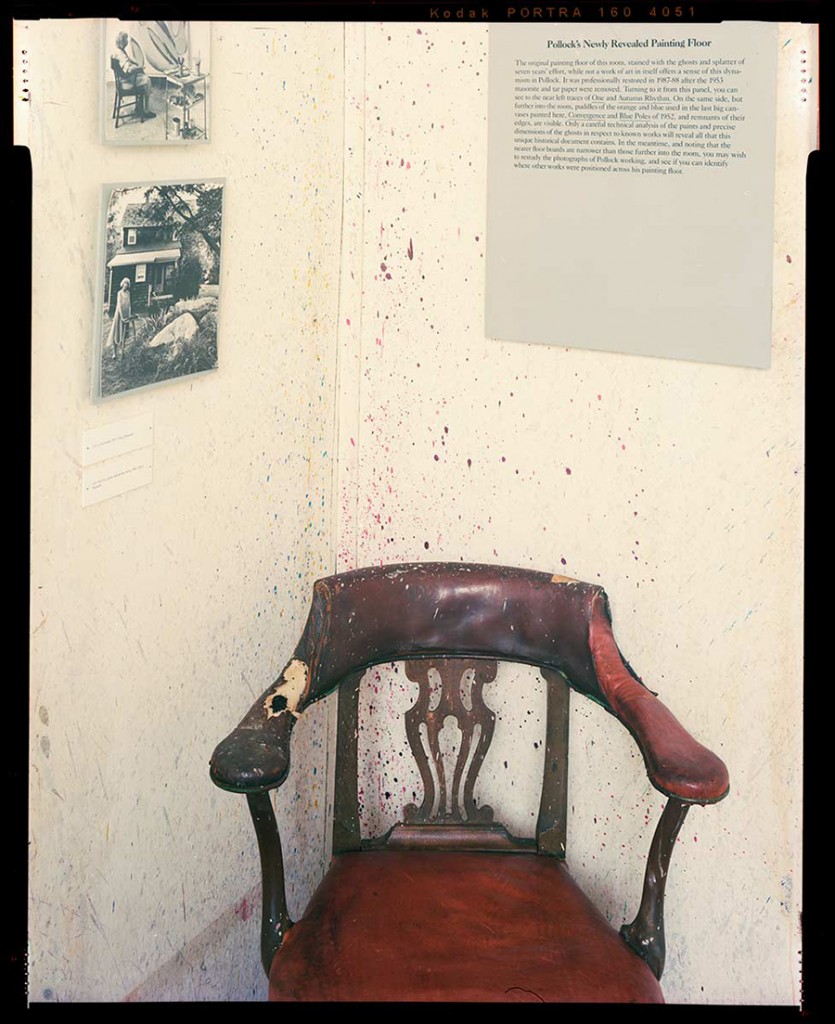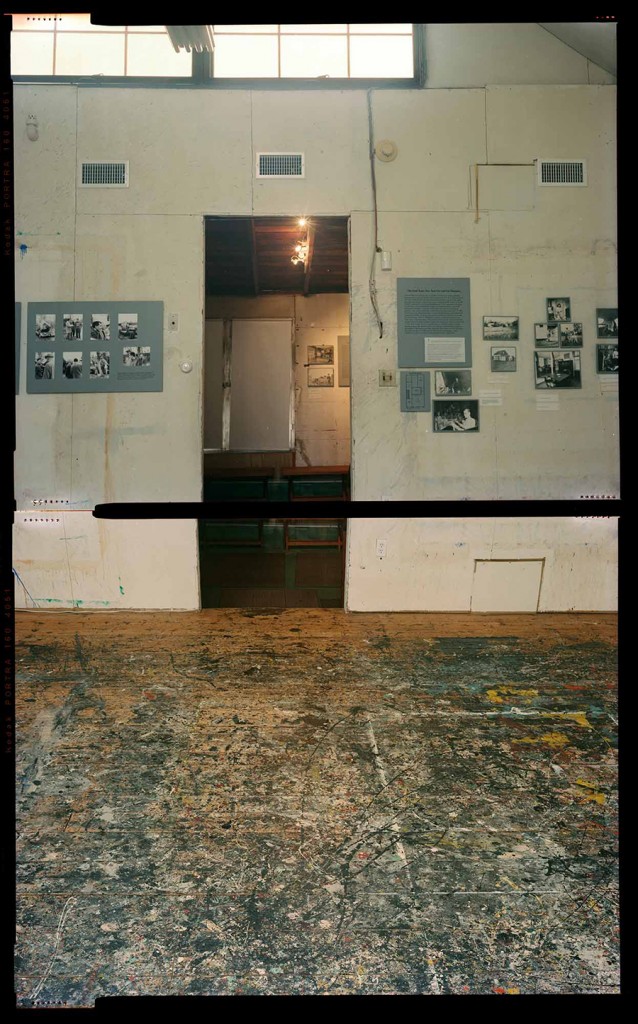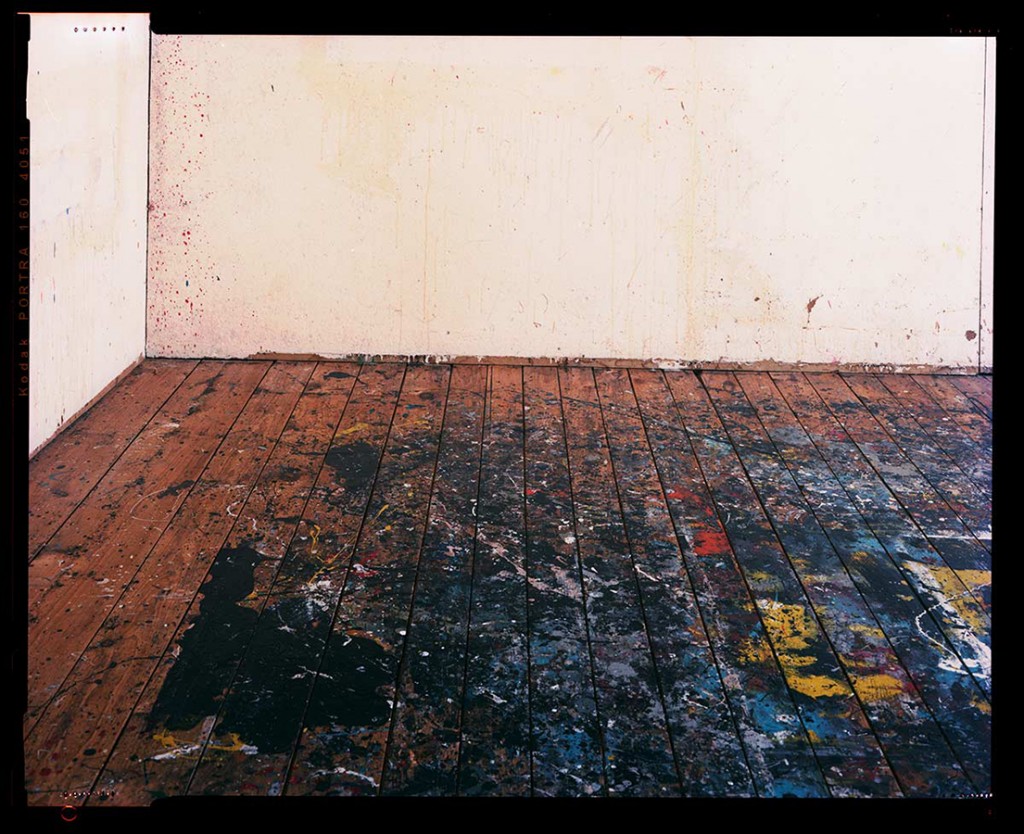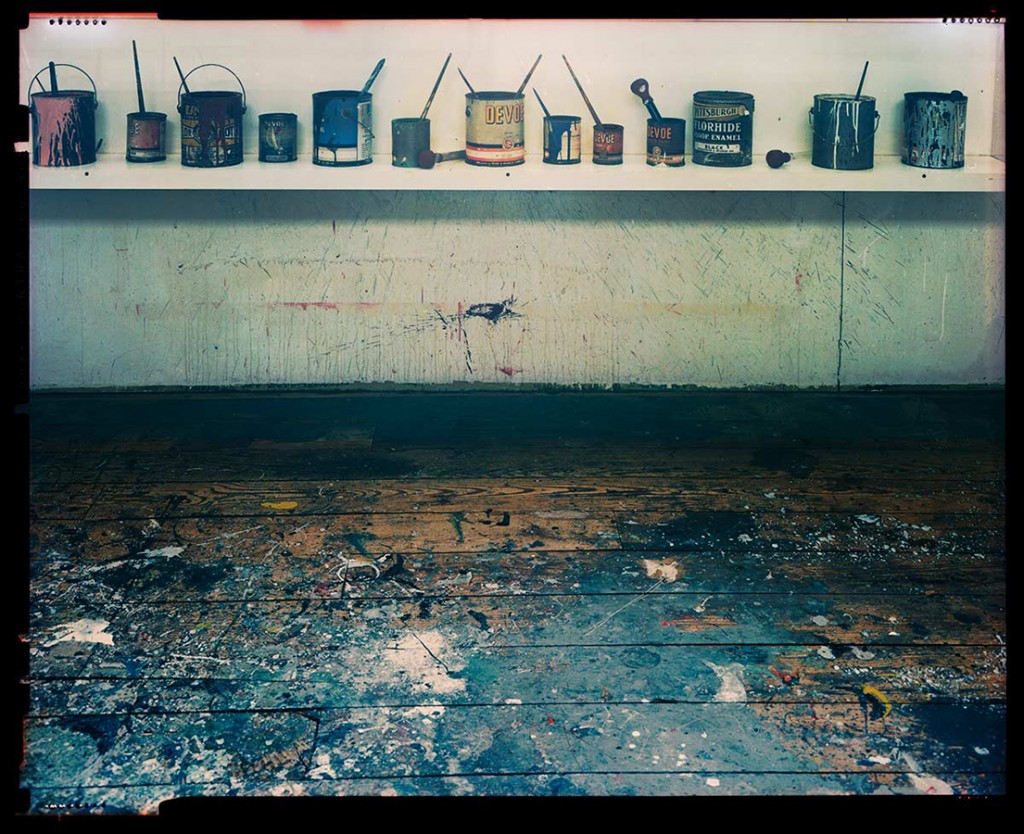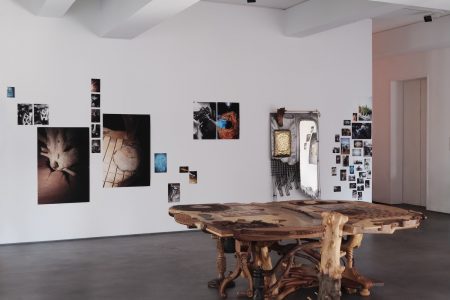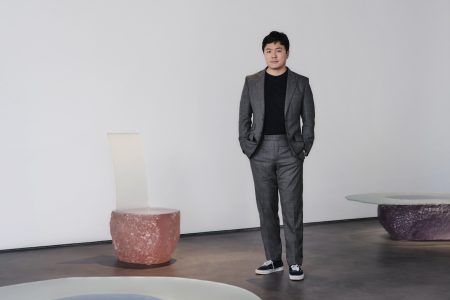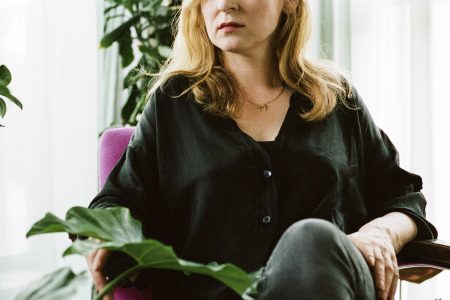Helen Harrison, Pollock Krasner House
Following our extensive East End Revisited photo series (published in TLmag 23) – capturing the historical and in some cases, still active studios on the East End of Long Island, TLmag spoke to Pollock Krasner House and Study Center director Helen Harrison about the history of an area that welcomed generations of America’s artistic and literary intelligentsia. Many set up outposts on this thin strip of ocean-cum-bay coastline to capture something of an ethereal natural light.
TLmag: What drew artists like Pollock and his contemporaries to the area?
Helen Harrison: Several of the Surrealists had summered out here during WWII, and that attracted a few of their American admirers. Stanley William Hayter, the British Surrealist printmaker who operated Atelier 17 in New York City, rented at Louse Point in the summer of 1945, but the shack was too primitive for him so he turned it over to his assistant, Reuben Kadish, who was a good friend of Pollock. Kadish invited Pollock and Krasner to share it with him and his wife Barbara, which is how Pollock and his wife Krasner were introduced to the area.
TLmag: What physical and social factors made it attractive for Pollock and Krasner to establish their studio and home in such a rural rather than urban setting?
H.H.: Krasner thought it would be beneficial to get Pollock away from the city’s temptations and distractions. She suggested subletting the 8th Street apartment and getting a cheap winter rental in Springs. At first he thought moving out, even temporarily, was a bad idea, but he changed his mind and said he wanted to move here full time. The physical advantages were the lovely tranquil surroundings, relatively cheap living and relative proximity to New York City. Springs was not an art colony in the fall of 1945, when Jackson and Lee moved in. Provincetown, Massachusetts was then the avant-garde’s summer colony, but it was too remote from New York City for a year-round residence.
TLmag: How were they trend-setters, inspiring other artists to set-up a summer or full-time studios in the area?
H.H.: The fact that they were here full time, and didn’t want to be cut off from their friends in New York City, prompted them to encourage others to look for property nearby. Some of those who visited them for a weekend later bought places in the area, and they in turn attracted others.
TLmag: Were Pollock and Krasner active in the community – within local and artists circles?
H.H.: I would say no, not particularly. They showed at Guild Hall, and supported the Fishermen’s Fair (Pollock’s apple pie was apparently a hot ticket), but he wasn’t in the volunteer fire department. Of course they made friends with the locals–Pollock especially liked the manual laborers and craftsmen–and they socialized with the other artists and their families. After he died, Krasner was only here seasonally.
TLmag: How did the setting of Accabonac Harbor – but perhaps also the ocean and bay beaches – influence changes in both artists’ work?
H.H.: I think it had a subtle but decisive effect on both of them. It’s a bit more obvious in Krasner’s case, since nature imagery is identifiable in many of her works, but the natural environment was a fruitful source of inspiration for them both. Pollock titled his first canvases painted here the Accabonac Creek series, even though they’re not landscape paintings, so the environment must have been meaningful to him from the beginning. Several of his poured canvases also bear nature-related titles that he gave them himself, i.e. Comet, Greyed Rainbow, Ocean Greyness, Phosphorescence. (Some, like Autumn Rhythm and Lavender Mist, were given nature titles by others.)
TLmag: How did the area change during the time Pollock and Krasner (for much longer of course) lived in Springs?
H.H.: When they moved her, the population of Springs was 300, almost all full-time residents. Beginning in the 1950s, the area between Springs-Fireplace Road and Three Mile Harbor Road was subdivided, and small houses were built for working-class families. Some of them also became second homes for city folks, but the area remained (and still is) largely blue-collar, not a resort or estate section.
TLmag: In your time as the Pollock Krasner House director, how has the area changed?
H.H.: The Springs population is now over 6,000–it’s the most populous part of the Town of East Hampton. It’s still working class, but there are many more summer residents and a large Hispanic population among the blue-collar contingent.
TLmag: How would you described the community during the 1950s and 60s versus today?
H.H.: I wasn’t here in the 1950s and ’60s, so what I know is heresay. The locals remember the old days as a time when the community was tight-knit and everyone knew everyone. They complain about the influx of traffic and folks “from away,” but the summer people keep the economy going.
TLmag: How does this artistic heritage correspond with the affluent nature of the area, be it the summer or year round, the 1950s or today?
H.H.: This area, Springs in particular, is not to be confused with “The Hamptons” of international renown, the playground of the rich and famous. We’re a bit of a backwater, and the locals like it that way!
TLmag: What relationship does the East End have to New York in terms of being a rich bed for American art.
H.H.: The area was opened up for tourism in 1870, when the railroad came to Bridgehampton, then even more in 1895, when it extended to Montauk. Rail access brought the artists from New York City, first as summer residents, then as property owners. By the 1880s, East Hampton was being written of as a “Painter’s Paradise.” It was quite picturesque, with an Old New England air about it, but Montauk was still very wild. Lots of scenic vistas and rustic charm. Successive generations have benefited from its environmental attractions coupled with its proximity to New York City, the art world’s creative and economic home base and personal proximity is also a major factor, As Patsy Southgate once wrote, “Artists, having an affinity for one another, tend to gather in colonies where they can love and hate each other most conveniently.” (“The Eastern Long Island Painters,” The Paris Review, Spring-Summer 1959).
Text: Adrian Madlener
Photos: Accra Shepp
